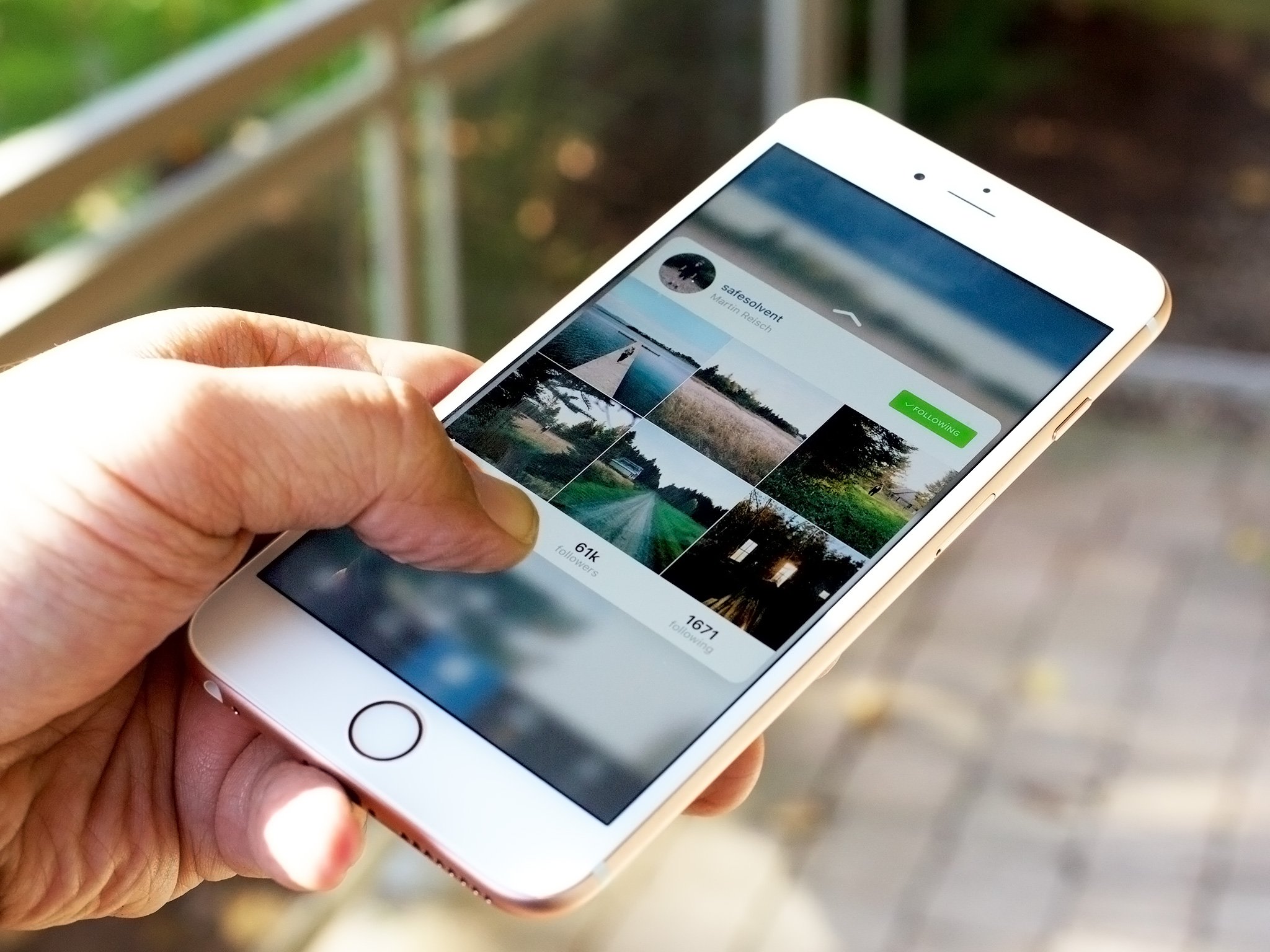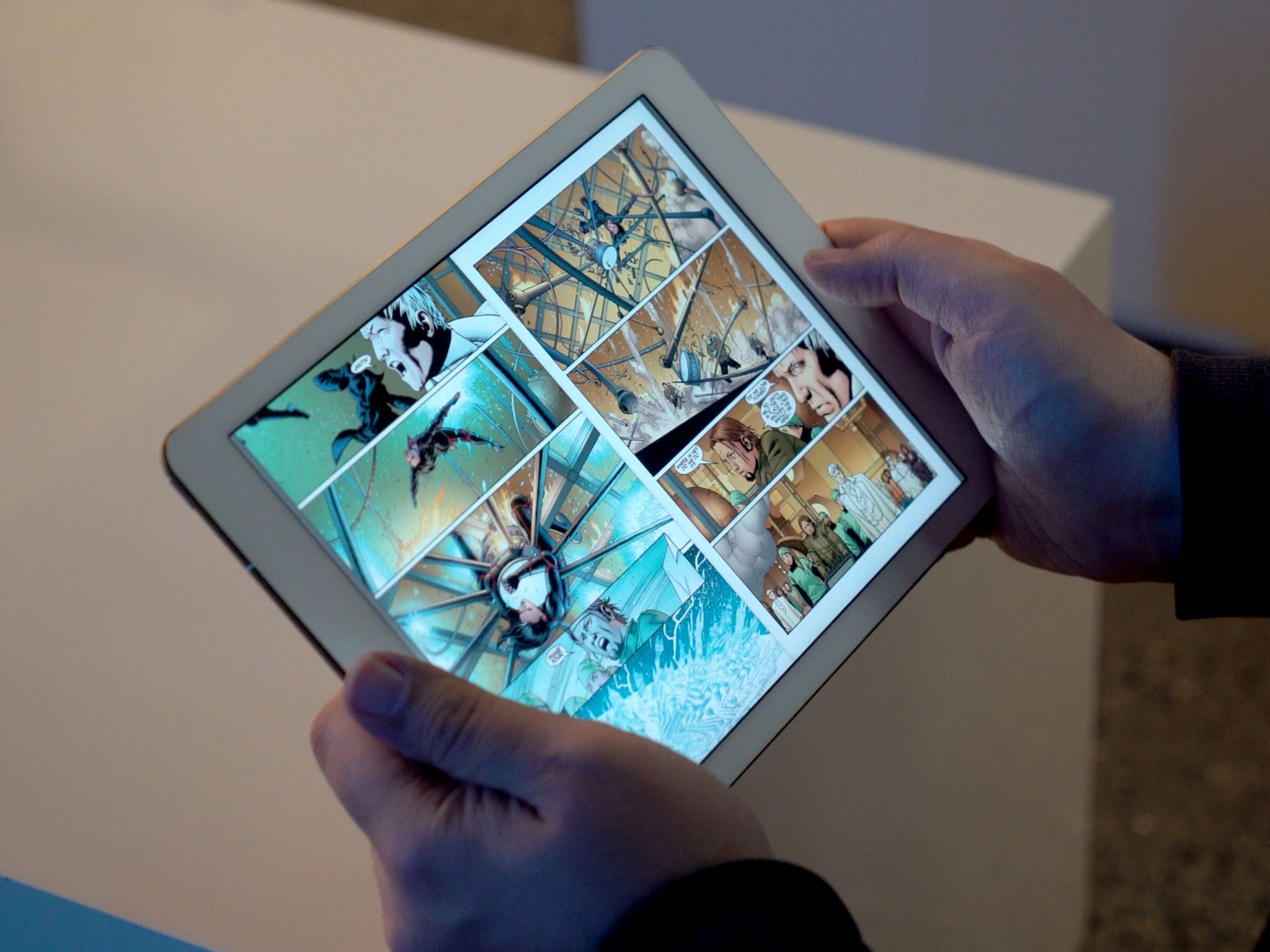What iOS 10 hints at for iPhone 7

Every year we get to see the new version of iOS twice. Once at WWDC where we see all the big new features, and a second time in the fall where we get to see the new iPhone-specific features. Sometimes the former even hints at the latter. For example, size-classes at WWDC hinting at the big 4.7-inch and bigger 5.5-inch iPhones in 2014. So, what, if anything, could iOS 10 hint at when it comes to this year's iPhone 7?
More like NOled

For years OLED (organic light-emitting diode), and its variant, AMOLED (active matrix organic light-emitting diode) had too many compromises — hello pentile! — for Apple to consider using them at iPhone scale. Last year, though, the Apple Watch launched with an LG OLED display and an energy-saving dark mode to match.
Apple didn't announce a dark mode for iOS 10 — no matter how often we've extolled its virtue — though fragments of one have been found in the beta for a variety of apps.
The advantage of OLED technology is that it doesn't require an LED backlight the way LCD does, and can be more energy efficient, especially when combined with a dark mode. So, those fragments could portend a switch to AMOLED this fall, and the unveiling of a system-wide dark mode to complement it. But there are a few gotchas:
- 3D Touch on the iPhones 6s currently uses the LED backlight to detect pressure. So, if the iPhone switches to OLED, Apple would likely have to find some other way to enable pressure sensitivity.
- iPhone 7 is rumored to be based on Apple's iPhone 6 platform, which generally means it'll use the same general types of technology. (Which is why, for example iPhone SE, built on the iPhone 5 platform, doesn't have 3D Touch.)
- Other display technologies, like Quantum Dot are maturing quickly, so OLED could be a next step, or a skipped step, depending on how roadmaps line up.
Wider and truer

iOS 10, like all of Apples platform updates, supports wide gamut color. That means DCI-P3 currently, and rec 2020 in the future.
Both the 2015 iMac with 5K Retina display and 2016 iPad Pro with 9.7-inch display can show DCI-P3 color gamut. It's hard to describe the benefits of wider color gamut and higher dynamic range (HDR).
It's hard to describe the advantage, but when you show people 1080p HDR, it often looks better than 4K. So think about it that way.
Master your iPhone in minutes
iMore offers spot-on advice and guidance from our team of experts, with decades of Apple device experience to lean on. Learn more with iMore!
We're not all the way there yet with Apple devices, but we're making progress. With the system-wide support, it's not hard to imagine the same DCI-P3 color space coming to iPhone 7.
The 9.7-inch iPad Pro also has True Tone, which uses ambient light sensors to detect and match the color temperature of the area you're in. If you've ever seen a photo where a white device looks yellow and the screen looks blue, this helps eliminate that.
In other words, it makes the screen more like paper. It looks and works great on the iPad, so getting it on the iPhone would likewise be great.
Getting RAW

Up until now, we've only had processed image support on the iPhone. Take a picture, the Apple A-series processor goes to work, and gives you something that's generally really great. But in JPG form, which contains much less data than what comes off the camera sensor, and limits editing options.
iOS 10 adds RAW support, which is something higher-end camera owners have enjoyed for years. With it, you get almost all the data captured by the sensor and so, much greater editing options.
It'll be available to all devices that have the most recent 12 megapixel camera, which includes the iPhones 6s, iPhone SE, and 9.7-inch iPad Pro. And, of course, it'll include future devices. Devices that could capture even more data and make even better use of RAW.
Due to file sizes and workflows, RAW probably won't be a mainstream feature any time soon, but getting DSLR-quality photos from an iPhone has been a long-term goal, and we could well get the next step towards that goal.
Several more things
Apple typically shows off new versions of iOS twice: First in the summer, covering all the new software features, and again in the fall, covering new hardware-specific features. In the past, those have included Siri, Touch ID, and 3D Touch, as well as a variety of new camera options and modes.
It's always possible we'll get more hints as the iOS 10 betas continue coming out, and the public beta launches this July. We'll only ever know for sure, of course, when Apple announces the new iPhone this fall.

Rene Ritchie is one of the most respected Apple analysts in the business, reaching a combined audience of over 40 million readers a month. His YouTube channel, Vector, has over 90 thousand subscribers and 14 million views and his podcasts, including Debug, have been downloaded over 20 million times. He also regularly co-hosts MacBreak Weekly for the TWiT network and co-hosted CES Live! and Talk Mobile. Based in Montreal, Rene is a former director of product marketing, web developer, and graphic designer. He's authored several books and appeared on numerous television and radio segments to discuss Apple and the technology industry. When not working, he likes to cook, grapple, and spend time with his friends and family.
